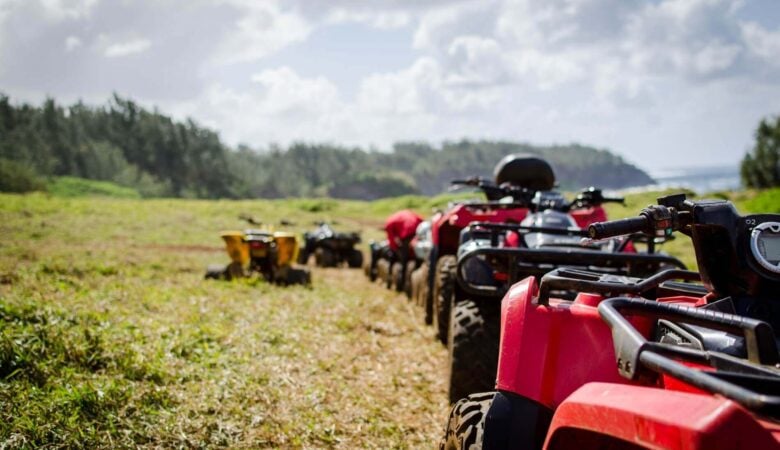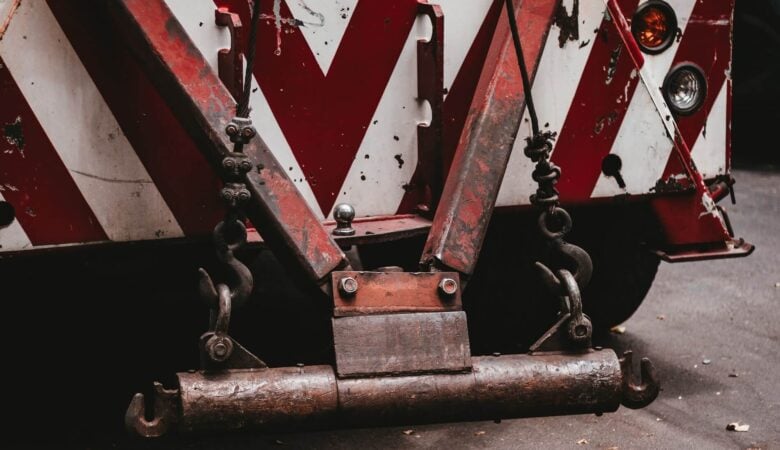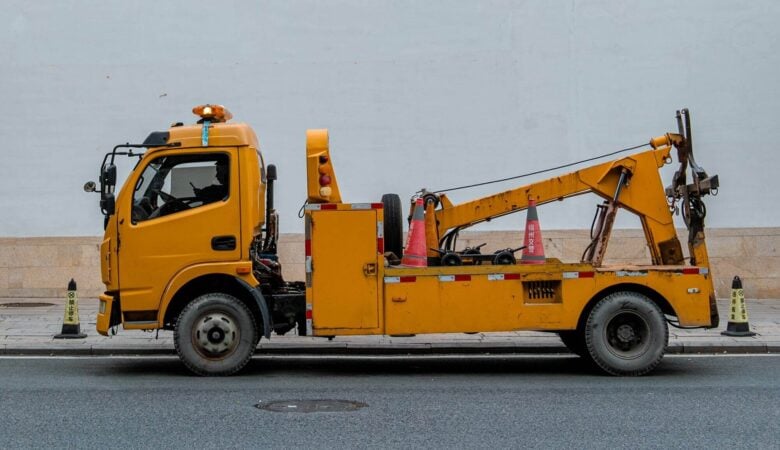Operating a tow truck or wrecker does require a good understanding of safety procedures. Between working in traffic and having to deal with hazardous conditions related to weather and topography, things can go wrong even on the easiest of jobs. The tow operator doesn’t need to make things even less safe by not knowing how to properly use a winch and its equipment. This guide includes the electric winches found on tow trucks and wreckers to recover and tow the vehicles.

Safety Measures to Keep in Mind While Using Electric Winch
By itself, an electric tow winch is a harmless and inanimate piece of machinery. But hook it to a car and you have an entirely different matter. Once in action, winches are inherently risky tools that need to be treated with a safety-first mindset. Improper use of a winch could lead to property damage, serious injury, or even death.
1. Read the Owner’s Manual
Using a winch safely starts with reading and understanding the owner’s manual. We know, it is so easy to discard the manual along with packaging. But it’s included for a reason. Not only should it not be ignored, but it should be fully understood before installation and use.
Along with all that is the basic principle of installing an electric winch according to manufacturer specifications. Those specifications are found in the owner’s manual. Safe operation requires doing exactly what the manufacturer recommends, right down to little details like not welding mounting bolts and using only approved power cords and winch cables.
2. Operational Inspections
Manufacturers will always recommend a tow operator inspect the winch before using it. This means before every use. Even if a tow operator doesn’t think an inspection is necessary on every job, the winch should still be inspected on a regular basis. The operator should be checking the winch cable, hooks, slings, and all visible moving parts of the winch.
Frayed, kinked, or damaged winch cables should never be used. Any moving parts that appear to be worn should also be considered for replacement. You can never be too careful when you are connecting an electric motor to a 12,000-pound vehicle using a piece of winch cable.
3. Safety During Winch Use
The nature of towing and vehicle recovery is such that problems with an operator’s equipment are usually not apparent until he or she is in the middle of a job. In other words, a visual inspection may not reveal a potential weak point in a winch cable. The operator might never know the cable is weak until it snaps during a recovery.
As such, the tow operator should always assume that danger is present whenever using a winch. Basic safety rules always apply no matter the circumstances. For example, the operator should stay out of the direct line of the wire rope during recovery. A winch dampener should be used just in case the rope snaps.
Also Read: How To Tow A Car With Truck
Operators should use spotters when possible. The spotter should also be out of the direct line of the rope. Neither the operator nor the spotter should attempt to manually assist the winch by pulling on the rope.
Finally, tow operators should never use electric winches to recover loads that are too heavy. They should never be used for overhead lifting either. Winches come with weight ratings that should always be adhered to. Exceeding the stated limits of an electric winch will almost always end badly.
Also Read: Tow Truckers Guide To Auto Hauling
Mytee Products sells a range of electric winches for tow operators. We also carry a complete line of towing equipment including auto-hauling straps, hooks, tow chains, and safety lights. Feel free to use our inventory to stock your tow truck and wrecker.















